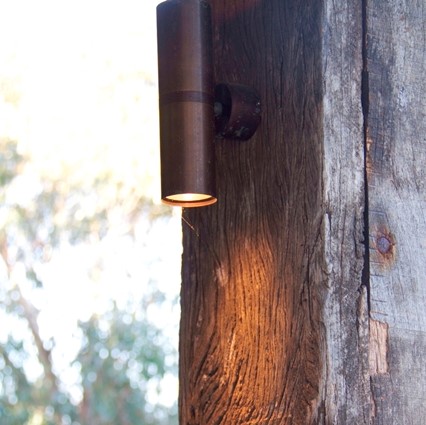In the realm of art, architecture, and design, the beauty of aged materials has an enduring allure. Among these materials, copper and brass hold a special place due to their ability to gracefully age over time, developing unique and captivating patinas. The process of aging living materials, such as copper and brass, is a fascinating combination of both art and science, resulting in a harmonious blend of aesthetics and functionality.
Understanding Patination:
Patination is the natural process by which a material’s surface changes colour and texture due to exposure to environmental factors. Copper and brass, both alloys containing copper, are particularly susceptible to patination due to their chemical composition. When exposed to air, moisture, and various compounds, they undergo a series of chemical reactions that result in the formation of intricate, multi-hued patinas. These patinas not only contribute to the aesthetic appeal of the material but also provide a protective layer that slows down further corrosion.
The Evolution of Patinas:
The journey of copper and brass from their initial shiny state to their matured, patinated form is a gradual transformation influenced by several factors. Oxygen from the air reacts with the copper’s surface, forming copper oxide. Over time, this oxide layer deepens, and with exposure to moisture and pollutants, it can transform into more complex compounds like copper sulfate and copper chloride. These compounds contribute to the array of colors seen in various patinas, including shades of green, blue, brown, and even black.
Artistic Influence:
The art of aging copper and brass involves more than just leaving them exposed to the elements. Artists, designers, and craftspeople often accelerate the patination process through controlled methods, adding a deliberate touch to the natural aging process. Chemical treatments, heat application, and exposure to specific elements can all be employed to achieve desired patina effects. This artistic intervention allows for the creation of customized patinas that fit specific design intentions and contexts.
Preservation and Maintenance:
While patinas enhance the visual and tactile qualities of copper and brass, their preservation requires a delicate balance. Protecting the patina involves careful consideration of the environment and the application of protective coatings. Wax or lacquer can be applied to prevent further interaction with the atmosphere, maintaining the patina’s integrity and slowing down the corrosion process. However, some designs and applications may intentionally embrace the evolving nature of patinas, allowing them to naturally develop and change over time.
Historical Significance:
Aged copper and brass materials have historical significance as well. Many architectural landmarks around the world feature copper and brass elements that have developed distinctive patinas over centuries, reflecting the passage of time and the material’s resilience. This tangible link to history adds depth and character to both old and new structures, connecting the present with the past.
In conclusion, the process of aging living materials like copper and brass through patination is a captivating blend of scientific reactions and artistic intent. It transforms the mundane into the remarkable, infusing character and depth into various creations. Whether in architectural marvels, decorative pieces, or functional objects, the journey from pristine shine to captivating patina is a testament to the enduring beauty of these materials.

